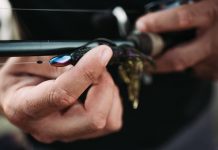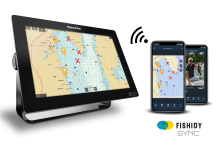Do you remember the excitement you had when you backed your boat into that large lake you’d heard so many great things about? And remember how you struggled to catch fish, felt like you wasted time jumping from spot to spot, and by 4pm you were deflated and frustrated? It’s a common story. But, it’s one that doesn’t need to happen.
Over the last 40 years, maps made specifically for anglers have become synonymous with catching fish. You no longer need to spend time learning a new body of water the way the old-timers did, through sheer expense and effort. Expert fishermen used to spend 10 to 20 seasons trying to discover the peculiarities of one lake so they could catch fish consistently. Today, for the same cost of a good crankbait you can access professionally made, highly accurate maps that will help you catch more fish.
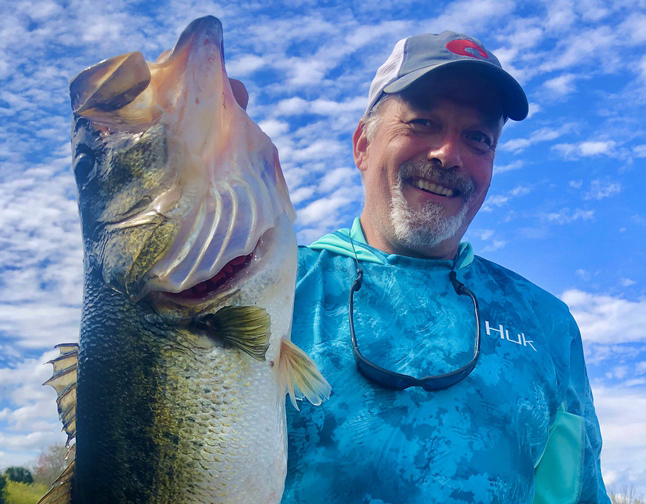
Fishing maps are displayed proportionally or scaled to real world settings. Good fishing maps should provide GPS coordinates and a legend. Maps have limited space, so symbols represent a variety of features. The map legend defines those symbols. A few map symbols that can be especially helpful for the everyday angler include:
Aquatic vegetation
Plants that grow in or very near the water. There are 3 major classifications:
- Submergent – Plants commonly found growing beneath the surface. (pondweeds, coontail, milfoil)
- Floating – Plants or portions of plants that float on the water’s surface. (lily pads, water shield, duckweed)
- Emergent – Rooted vegetation commonly found

Fish attractors
Structures designed to concentrate fish or provide cover. Often man-made, common types include brush piles, tire reefs, Christmas tree piles, and log cribs.
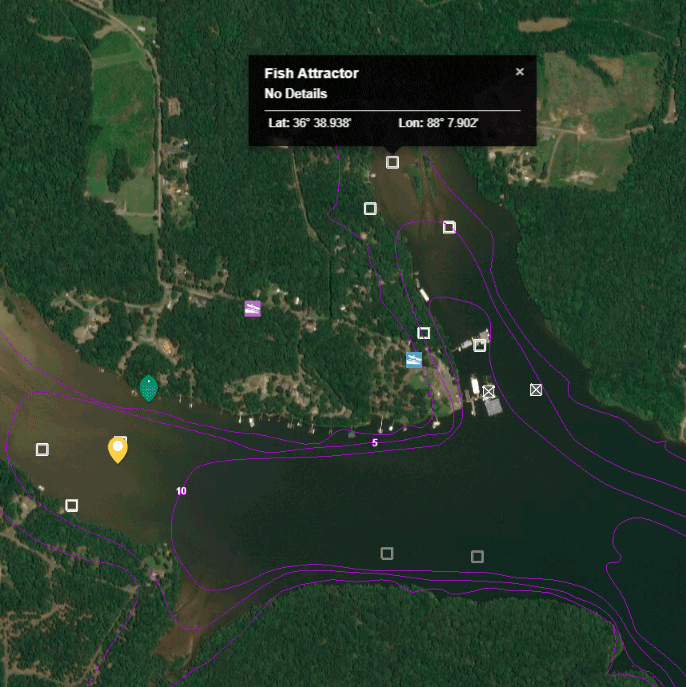
Bottom composition
Bottom types in a body of water, typically rock, sand, gravel, cobble, bedrock, silt, muck, or marl.
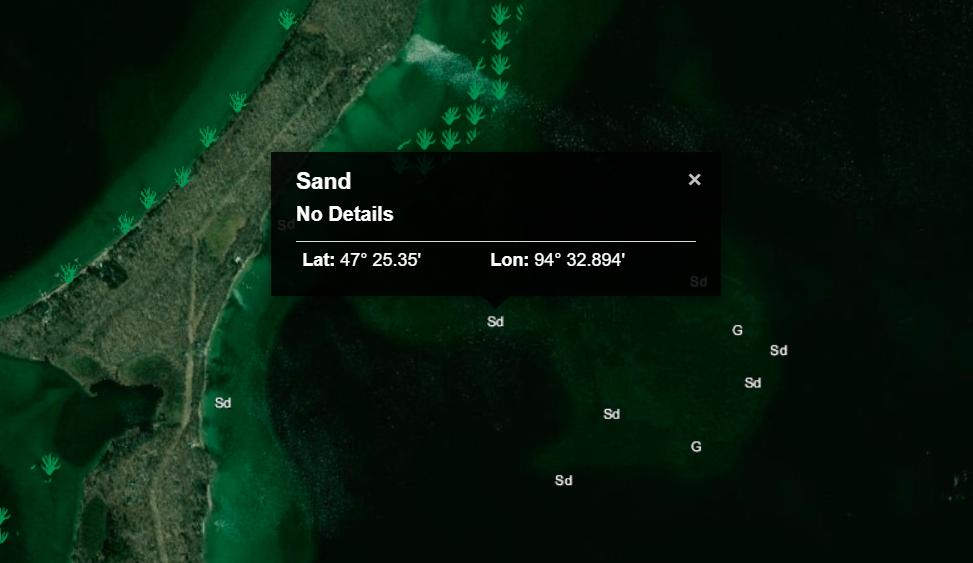
Fishidy maps include structures and vegetation, access points, depth contours, navigational points, Fishing Hot Spots®, and even catches/spots contributed by its community of users.
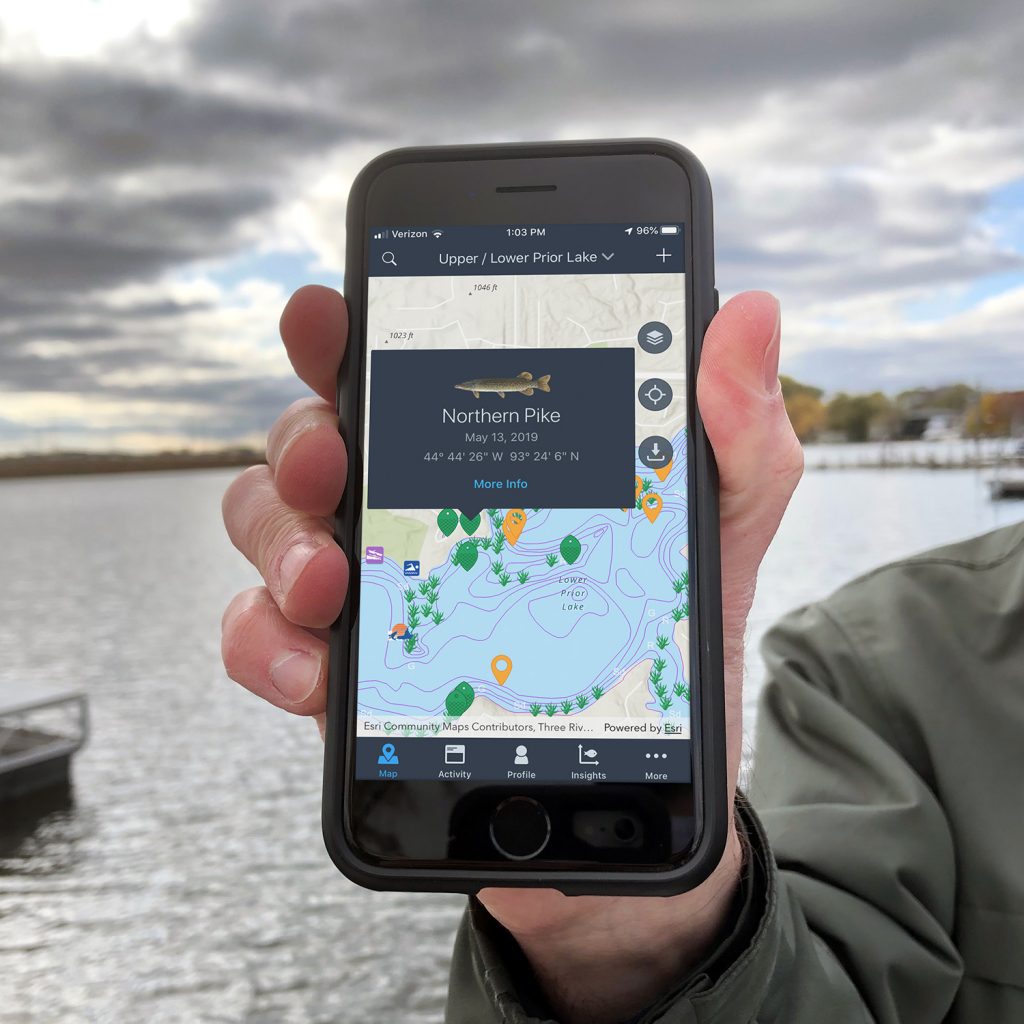
Once you become familiar with what a map can do to improve your fishing, you will not want to venture out on a body of water without one. A map is just as important to catching fish as a depthfinder or even a tackle box full of lures.

